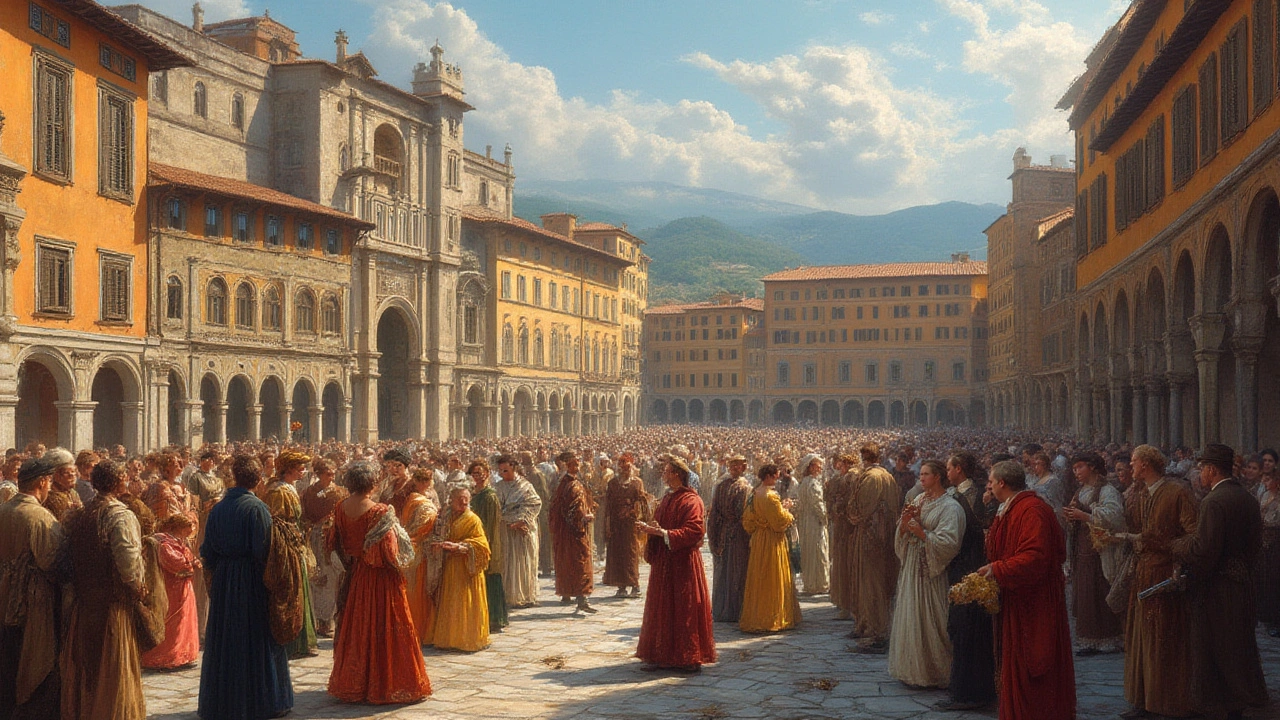Discover the Renaissance—a time of genius, beauty, and innovation. From Florence to Leonardo, get the basics on art, ideas, and drama that changed Europe forever.
Leonardo da Vinci — ideas you can use in art, architecture, and design
Did you know Leonardo drew more than paintings? His notes include bridges, machines, city plans, and studies of proportion that architects still use today. If you care about how art and engineering meet, this tag page collects work and articles that trace his influence on design—from Renaissance proportions to modern-day architectural thinking.
This page groups practical reads: start with “Renaissance Architecture: Exploring the Golden Age of Italian Design Innovations” to see the era Leonardo worked in, then check “Renaissance: The Emergence of the Modern Artist” to understand how artists began acting like designers and engineers. For context on materials and rules Leonardo learned from, try “Ancient Roman Architecture: Shaping Modern Civilizations with Timeless Designs.”
Spot da Vinci’s fingerprints on buildings
Look for simple, repeatable clues. Leonardo loved geometry and the human scale: facades that follow clear ratios, windows and doors sized around human proportions, and balanced symmetry. He studied arches and vaults—so domes, strong semicircular arches, and clear load paths are part of his legacy. If a building’s details feel like they follow a measured rule rather than random decoration, you’re seeing his influence.
Also notice sketches and technical thinking. Architects who channel Leonardo often show structural logic in plain view—beams, joints, and mechanical details aren’t hidden but celebrated. That blend of beauty and function is a quick test: does a design look elegant and explainable at the same time? If yes, that’s da Vinci-style thinking.
Try Leonardo’s approach in your next project
Want something practical to try? Start by sketching: make quick, messy drawings that explore both how something looks and how it works. Use a simple proportion rule—divide a facade into thirds or use the height of a door as a module for other elements. Build a small model or mock-up to test sightlines and scale. Think cross-discipline: borrow an engineering detail that solves a problem, then simplify it until it reads as a design feature.
For more hands-on ideas, read our posts on Renaissance architecture and how the era fused art with structure. If you’re renovating, use the human-scale rules from Leonardo’s studies to set window heights and stair dimensions. If you design furniture or small structures, focus on how parts connect—Leonardo studied joints and mechanisms for a reason.
Want to keep exploring? Browse the curated articles on this tag for clear examples, timelines, and practical tips. Try one of the small experiments above and then read a related post to see how historical ideas translate into modern practice. You’ll start spotting da Vinci’s touch in places you never expected.

